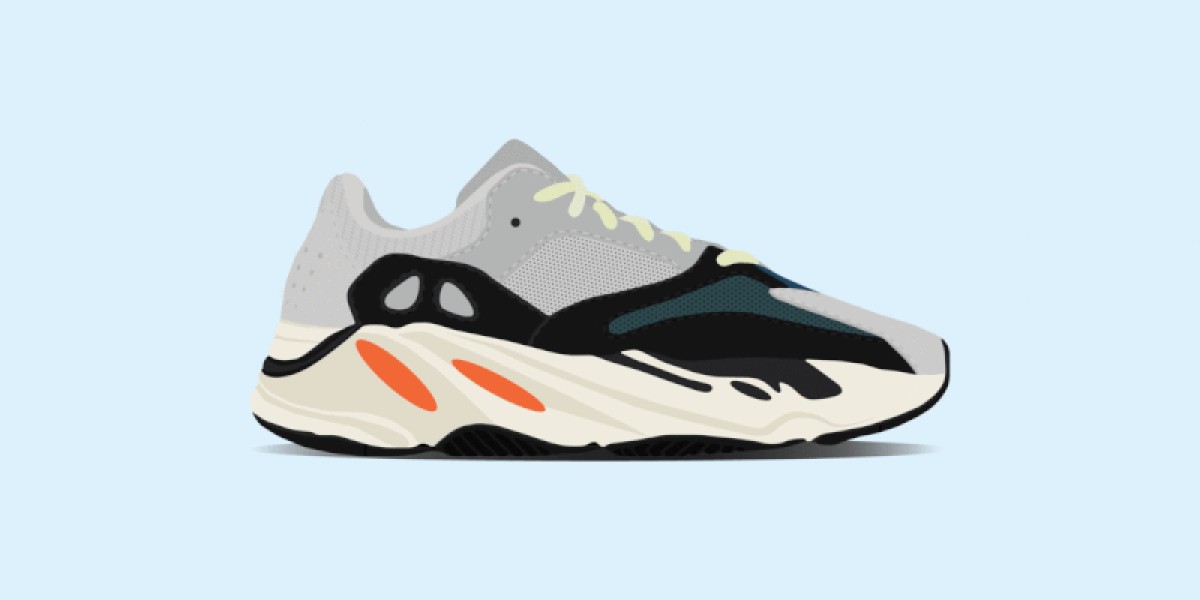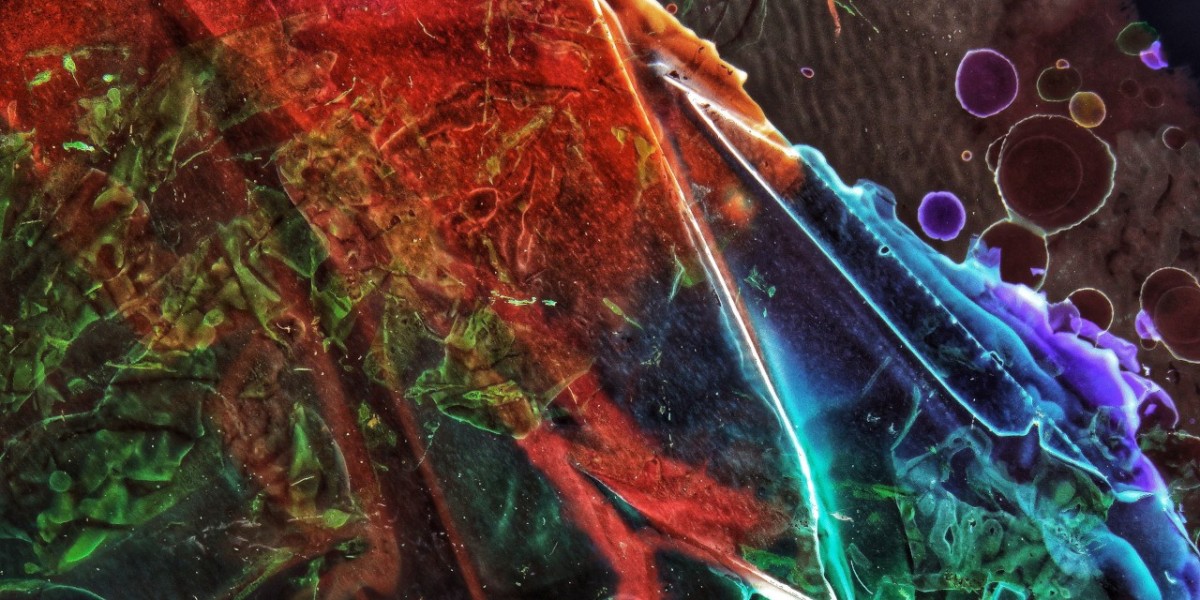Introduction:
In September 1991, the world witnessed a historic event that would shape geopolitics for years to come - the collapse of the Soviet Union. This pivotal event marked the end of the Cold War era and transformed the global political landscape. With tensions escalating and the Soviet economy crumbling, the once mighty superpower finally succumbed to internal pressures, leading to the disintegration of the Soviet Union as we knew it.
Detail:
Throughout the 1980s, the Soviet Union, under the leadership of General Secretary Mikhail Gorbachev, embarked on a series of reforms, collectively known as Perestroika (restructuring) and Glasnost (openness). These reforms aimed to revitalize the stagnant Soviet economy and introduce greater political transparency. However, they inadvertently unleashed a wave of popular demands for independence from the constituent republics within the USSR.
In September 1991, the Soviet Union faced a political crisis that would ultimately seal its fate. Hardline Communist Party members opposed to Gorbachev's reforms launched a coup, attempting to wrestle control back from the reformist leader. The coup plotters, led by Vice President Gennady Yanayev, declared a state of emergency, arrested Gorbachev, and attempted to restore centralized control.
However, their efforts were met with widespread resistance from the people of the Soviet Union. Protesters flooded the streets of major cities, demanding democracy and an end to the Communist regime. Prominent political figures like Boris Yeltsin, President of the Russian Federation, emerged as staunch opponents of the coup, urging citizens to resist the attempted power grab.
As news of the coup spread, international pressure also mounted. Western leaders condemned the actions of the hardliners and expressed support for Gorbachev. Moreover, the coup threatened to derail the progress made in arms control negotiations and strained relations between the Soviet Union and its satellite states.
Amidst this turmoil, Gorbachev, who had been briefly detained during the coup, managed to regain control and denounce the actions of the plotters. Recognizing the unpopularity of the Communist regime and the desire for independence among the republics, Gorbachev began negotiations with the leaders of these states to establish a new, looser union, known as the Commonwealth of Independent States.
In December 1991, just a few months after the failed coup, Gorbachev resigned as the President of the Soviet Union, symbolically marking the end of the Union. The Soviet flag, which once flew over a vast territory spanning multiple time zones, was lowered for the final time, and the individual republics emerged as independent nations.
The collapse of the Soviet Union reshaped the global order. The bipolar world defined by the Cold War was replaced by a unipolar system, with the United States emerging as the sole superpower. Additionally, the liberated nations of the former Soviet Union grappled with the significant economic and political challenges associated with their newfound independence, setting the stage for the complexities of the post-Soviet era.
Reprinted:Collapse of the Soviet Union (1991.09)








